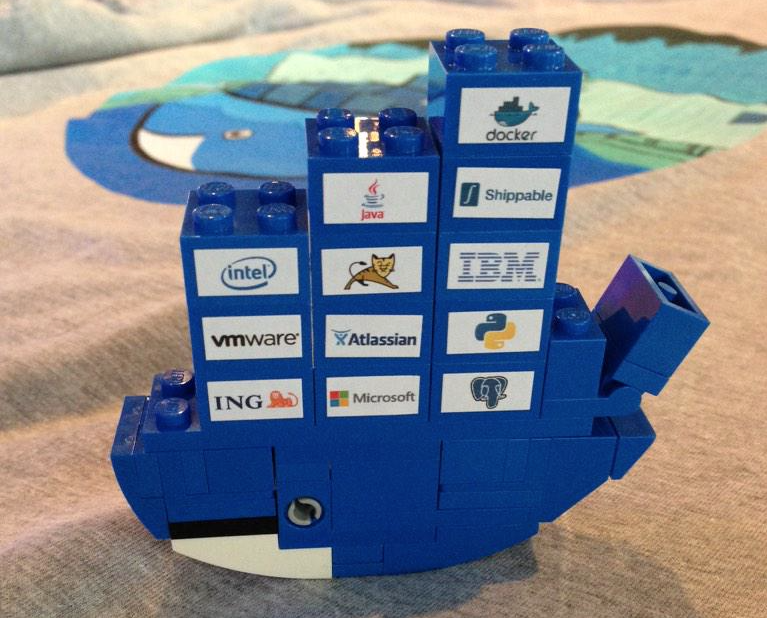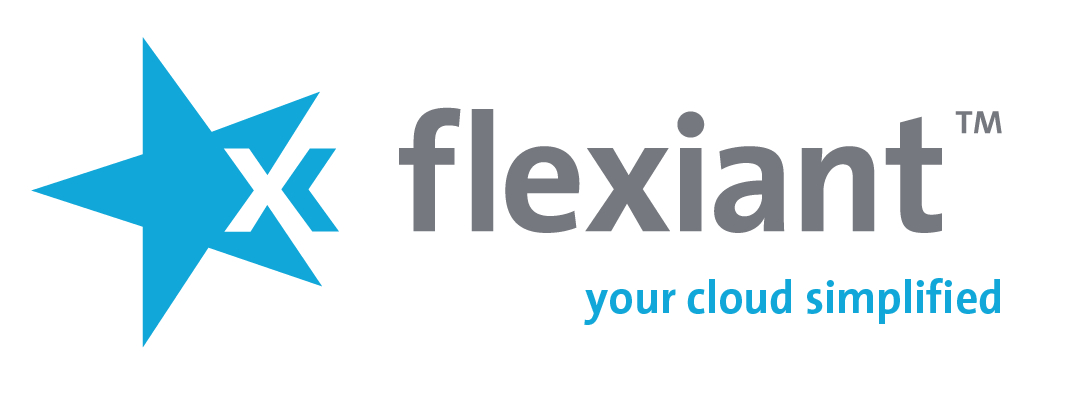Last week in London, the distributed systems community got together at KubeCon EU to talk containers orchestration and Kubernetes. I was there too and I would like to share with you some insights from this exciting new world.
(Sorry for recycling the picture but I simply really liked it! – Credits go to Jessica Maslyn who created it).
Insights from Kubernetes
KubeCon is the official community conference of Kubernetes, despite it was not directly organised by Google, which instead is the by far top contributor of the open source project. Google also sent a few top-notch speakers, whose presence was already a good reason to pay a visit. Kelsey Hightower (@kelseyhightower) first and foremost, with his charm and authentic enthusiasm, was one of the most brilliant speakers, capable of winning the sympathy of everyone and earning respect at his first spoken sentence.
The probably most important announcement made around the Kubernetes project was its inclusion in the CNCF (Cloud Native Computing Foundation) for its governance going forward. This was generally welcomed as a positive initiative, as it has transferred control of the project to a wider committee, but still when the project was mature enough to keep its direction and mission.
Kubernetes is moving at an incredibly fast pace
Some hidden features were revealed during the talks, that even the most advanced users did not know about, and the announced roadmap was simply impressive. We heard users saying “we’re happy to see that any new feature we’ve been thinking of, is already somehow being considered”. This gives an idea of how much innovation is happening there and how much vendors and individual contributors are betting on Kubernetes to become a pervasive thing in the near future.
Its eco-system is doing amazing things
When an open source project just gets it right, it immediately develops an eco-system that understands its value and potential and it’s eager to contribute to it, by adding value on top. This is true for Kubernetes as well, and the exhibit area of the conference brought there the most talented individuals in the industry. I’ve been personally impressed by products like Rancher, that has got really far in very short time (thing that demonstrate clear vision and strong leadership) as well as things like Datadog and Weave Scope, that have shown strong innovation in data visualization, which they definitely brought to the next level.
Has it started to eat its eco-system’s lunch?
This is unavoidable when projects are moving so fast. The border between the project’s core features and what other companies develop as add-ons is fuzzy. And it’s always changing. What some organizations see as an opportunity at first, may become pointless at the next release of Kubernetes. But in the end, this is a community driven project and it’s the community that decides what should fit within Kubernets and what should be left to someone else. That’s why it’s so important to be involved in the community on a day-to-day basis, to know what’s being built and discussed. When I asked Shannon Williams, co-founder of Rancher Labs, how does he cope with this problem, he said you have to move faster, when part of your code is no longer required, just deprecate it and move on. Sure thing, you need to know how to move *that* fast, though!
Insights from reality
As product guy, I get excited about technology but I need to feel the real need of it, in a replicable manner. That’s why my ears were all for customers, end users and use cases.
The New York Times
Luckily, we heard a few use cases at the conference, the most notable of which was the New York Times using Kubernetes in production. Eric Lewis (@ericandrewlewis) took us through their journey from how they were giving developers a server, to enabling developers provision applications using Chef, to containers with Fleet and then Kubernetes. While Kubernetes looks like an end point, and we all know something else is coming next, but according to them, that’s definitely the best thing to deliver developers’ infrastructure at present.
Not (yet) a fit for everything
What stood out the most from real use cases, is how stateful workload is not that seamless to manage using containers and Kubernetes. It was demonstrated that it is possible, but still a pain to setup and maintain. The main reason is that state requires identity, you simply can’t flash out a database node (mapped to a pod) and start a brand new one, but you need to replace it with an exact copy of the one who’s gone. Every application needs to handle state, therefore every application needs to go through this. Luckily, it was said how the Kubernetes community is already working on PetSet that should exactly address this problem. Wait and see!
But the reality today is that Kubernetes is capable of handling only parts of an application. In fact one end customer told me that a great orchestration software should be able to handle both containerised and non-containerised workload. Thumbs up to him to remind us that the rest of the world of IT still exists!
Fast pace leads to caution
“The great things about standards is that there are so many to choose from” – #sotrue about this industry #KubeCon
— Marco Meinardi (@meinardi) March 11, 2016
This could be a real problem when you have a nascent eco-system that’s proposing equivalent but slightly different approaches to things. Which one to pick? Which horse to bet on? What if my chosen standard will be the one getting deprecated? And whilst competition is good even when it comes to open innovation, this also drives a totally understandable caution from end customers. I kind of miss the time when the standard was coming first and products were based upon them, but now we tend to welcome de facto standards instead, which take some time to prove their superiority.
In the end, what really matters is having more people using Kubernetes. More use cases will drive more innovation and will bring that stabilisation required to convince even the most cautious ones. When people on the conference stage were asked to give some advices on Kubernetes adoption, this is what they said:
- Make sure you have someone who supports you business wise. Don’t leave it just a technology-driven decision but make sure the reasons and the opportunities it unlocks are well understood from the business owners of your organisation.
- Stick at it. You’ll encounter some difficulties at the beginning but don’t give in. Stick at it and you’ll be rewarded.
- Focus on moving to containers. That’s the hard thing in this revolution. Once you do that, adopting Kubernetes will be just a no brainer.
Right, move to containers. We heard this for a while. And containers are one of those not yet standardized things, despite the Open Container Initiative was kicked off a while ago. Docker is trying to become the de facto standard here but this seems to be business strategy driven rather than a contribution to the open source community. In fact, where were the Docker representatives at KubeCon? I have seen none of them.
Disclaimer: I have no personal involvement with KubeAcademy, the organizers of KubeCon, or with any of the mentioned companies and products. My employer is Flexiant and Flexiant was not an official sponsor of KubeCon. Flexiant is currently building a Kubernetes-based version of Flexiant Concerto.







